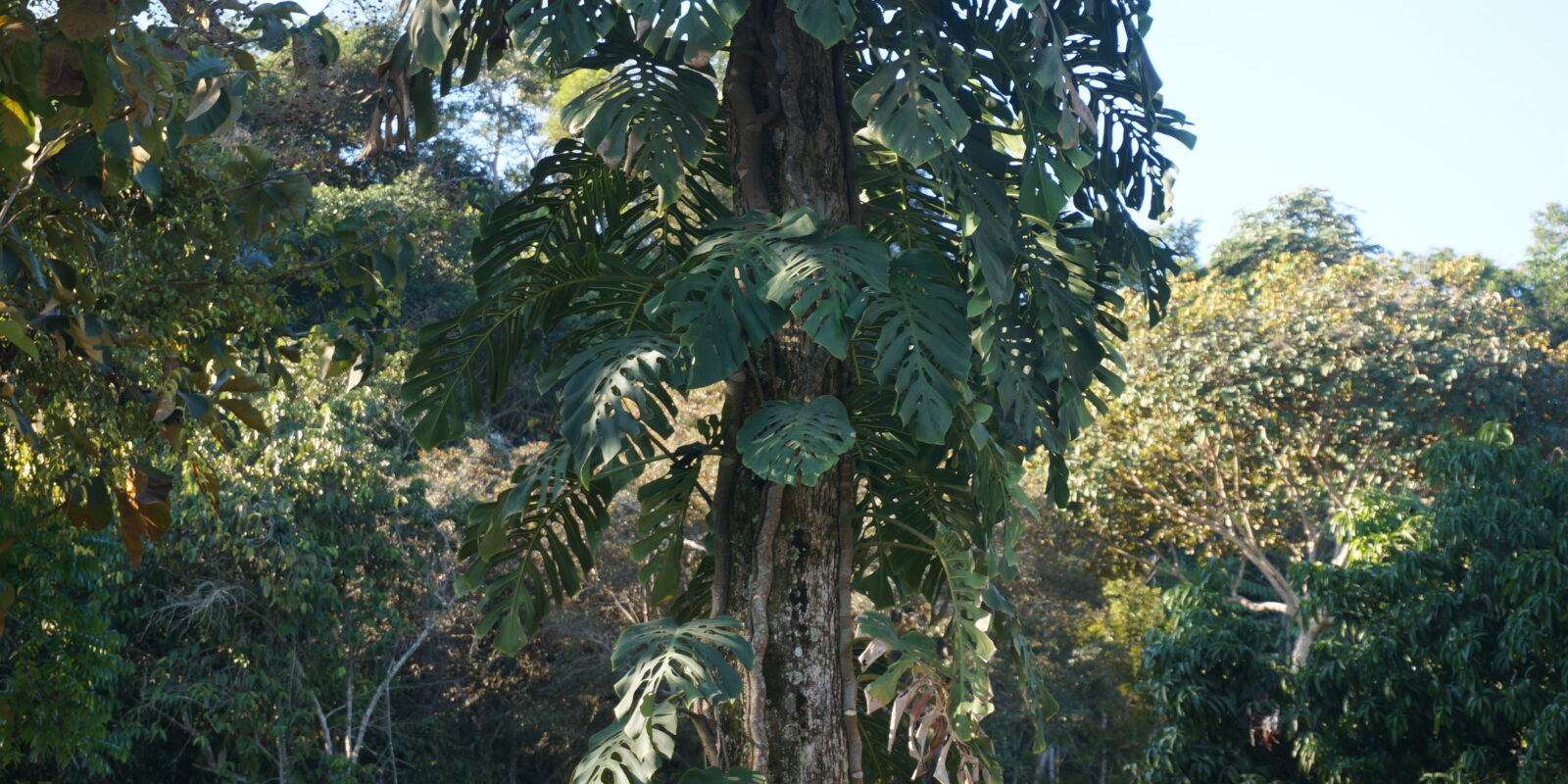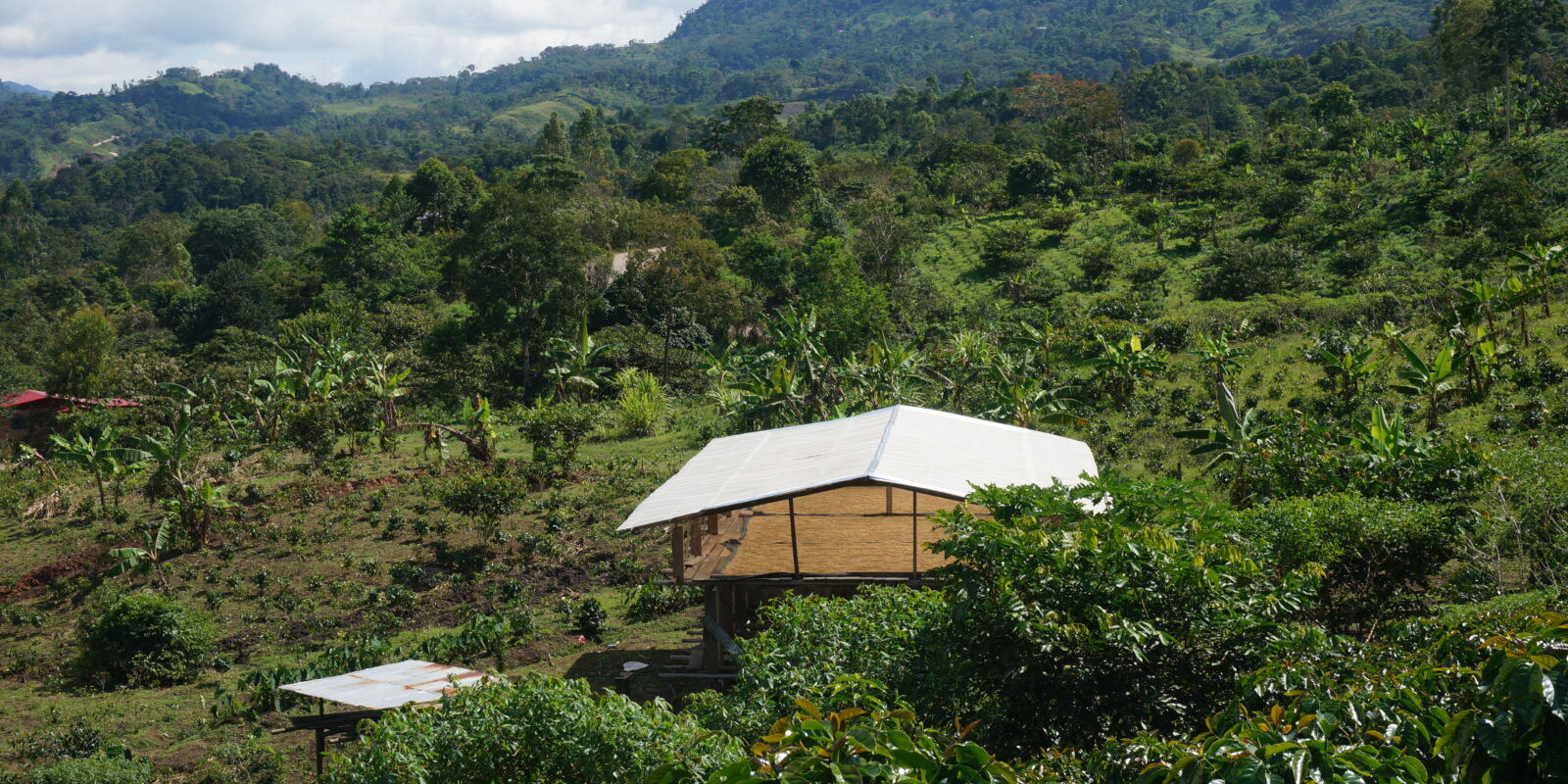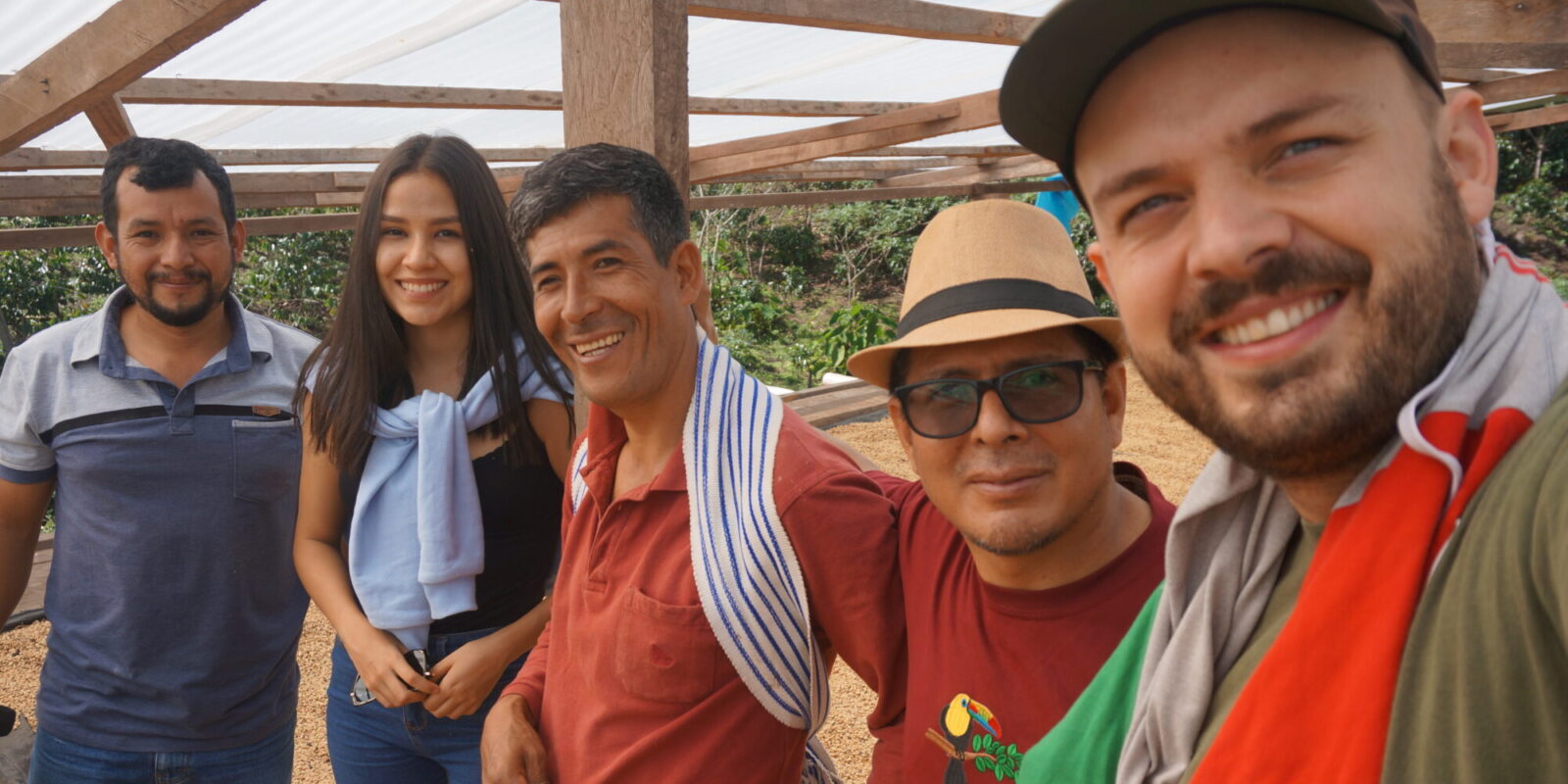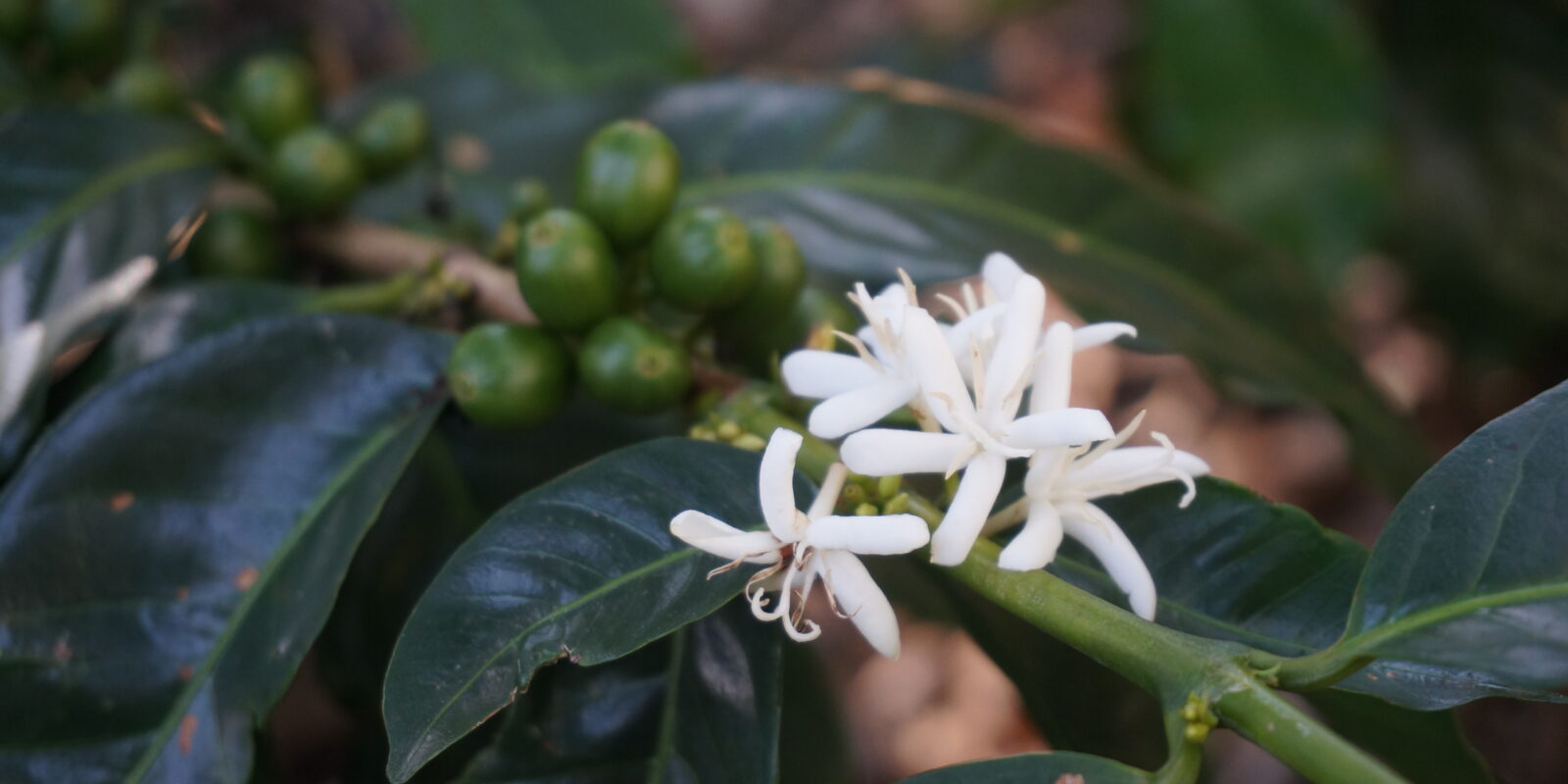LAMAS
Cooperative Oro Verde
The legend of “Eldorado” tells of a land of gold that is said to lie hidden somewhere in the Amazon. Since the conquest of South America by the Conquistadores, many have lost their lives in the thicket of the rainforest in search of this mythological place. To this day, no one has found the golden city. At the Rio Mayo in northern Peru, the Oro Verde cooperative works with a different kind of gold, namely the green gold of the Amazon rainforest.
The hunt for green gold
Until the turn of the millennium, the green gold for most inhabitants of the region was the coca leaf. After the liberation from de facto slavery with the agrarian reform in 1976, many farmers cultivated their land with the sacred leaf of the Incas to satisfy the rapidly increasing global demand for cocaine.
The wild times permanently undermined political structures, but the revenues from sales also helped parts of the extremely poor rural population to increase their prosperity discreetly and formed the basis for the existence of entire families. Violence came to a head in the 1990s. Terrorists from the MRTA engaged in sometimes fierce battles with the military. Those who suffered most were the civilian population, which was at the mercy of attacks from both sides. With an increased military presence under Alberto Fujimori’s iron-fisted government, cocaine production largely disappeared from the region by the turn of the millennium, and things became peaceful.
Cooperative Oro Verde
At that time, in 1999, a total of 56 former coca farmers formed the Oro Verde cooperative, initially for the cultivation and sale of coffee. These were times of great upheaval and enormous uncertainty for the population, freshly freed from slavery and terror. Hildebrando Cárdenas, who was 16 years old at the time, began working in the cooperative in 2003, initially as an unskilled worker in the warehouse.
The cooperative continued to develop over the next few years, achieving important certifications (Fair Trade and Organic) and diversifying production (panela, cacao and environmental projects). Hildebrando rose in the cooperative and since 2007 he is the managing director.
The number of members has grown to over 1200 coffee and cacao farmers. About 75% are members of the Quichwa Lamista ethnic group, whose representatives were able to protect their identity during the Inca occupation as well as under the Spanish colonialists. Directly at the city center of Lamas, they still live out their own culture in the Barrio Wayku, e.g. in the form of language, clothing, architecture, traditions and cuisine.
While the entire region has seen enormous progress in terms of prosperity and infrastructure since the turn of the millennium, the problems of the 21st century are becoming increasingly apparent. The most drastic threat to Oro Verde’s green gold is climate change. Increasing urbanization and development of the surrounding countryside for agriculture have heated up and destabilized the climate. As a result, coffee grows poorly in the region. The cooperative’s activity has also shifted significantly toward cacao, which copes better than coffee with the hot climate.
Cultivation in the agroforestry system
Over the years, in addition to managing the cooperative, Hildebrando has repeatedly filled important roles in larger development projects. In this way, he takes charge of the community’s problems and designs pragmatic solutions. The cooperative wants to equip its members for a more difficult future in the wake of climate change. One of these pioneering projects is called “Jubilación Segura” (Secure Retirement), which explores agroforestry as a multi-faceted way to make an impact.
Oro Verde has already planted more than 2 million trees in recent years. The native woods have many advantages at once. They bind carbon, stabilize the local climate and cool it down, and provide shade for the coffee plants. Last but not least, they are like pension insurance for the aging cooperative members. One day they will be able to sell the valuable woods and thus finance their retirement when the exhausting coffee harvest is no longer possible.
In the latest project, farmers are planting 7.5 hectares of lowland coffee (Coffea canephora) in the lower areas near the city. Here, coffee rust is now ravaging even the once-immune Catimor hybrids, forcing many farmers to abandon their coffee fincas. With lowland coffee in the agroforestry system, carbon can be sequestered, people get a new perspective with coffee and an innovative market can emerge. This project is realized by Qoffee Qulture e.V. with the support of SEZ Baden-Württemberg and takes place in cooperation with the cooperative Aproeco.
The Eldorado of Oro Verde’s green gold is not a hidden treasure waiting to be found. Rather, it is the sensitive privilege of delicious flavour that needs innovative solutions and gentle care, especially in view of the omnipresent problems of the 21st century. In the Oro Verde cooperative, we have found partners with whom we can follow this path together in an exemplary manner.



